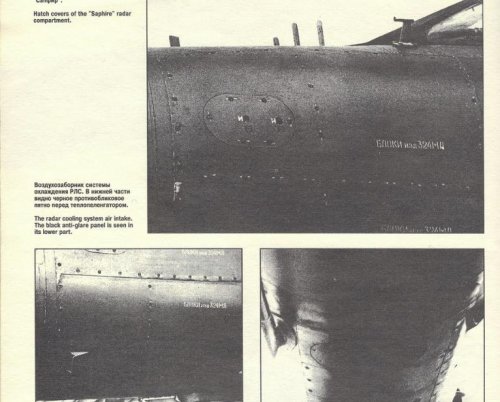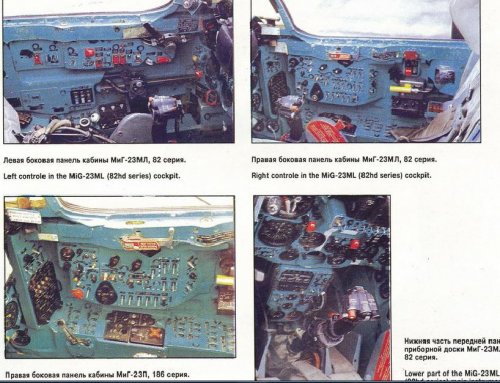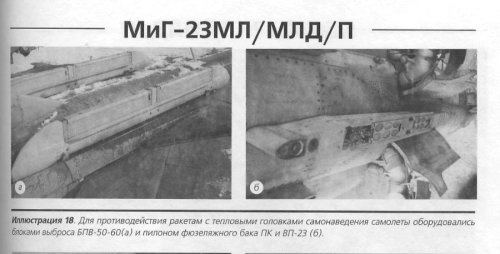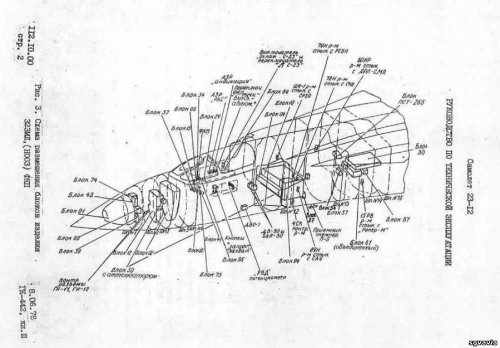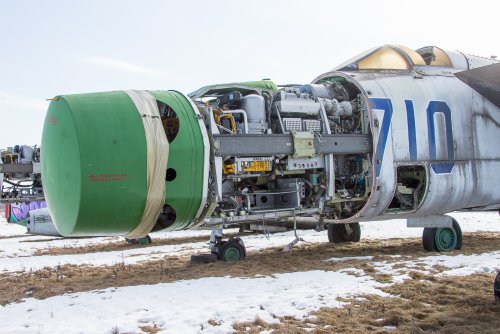- Joined
- 27 December 2005
- Messages
- 17,712
- Reaction score
- 26,183
I never said only Soviet late ML models got it. As far as I understood it export MLs were late production MLs, so presumably Warpac at least got Sapfir-23MLAE as opposed to an export variant of the Sapfir-23ML in their MLs, along with ASP-17 gunsights.
I can't confirm that N006 = Sapfir-23MLA, but what else can it be? N003 is Sapfir-23ML, N008 is Sapfir-23MLA-2.
Its possible N006 was a wholly different radar only used on MiG-23P, but AFAIK -23P changes were more about upgrades to datalinks etc.
I can't confirm that N006 = Sapfir-23MLA, but what else can it be? N003 is Sapfir-23ML, N008 is Sapfir-23MLA-2.
Its possible N006 was a wholly different radar only used on MiG-23P, but AFAIK -23P changes were more about upgrades to datalinks etc.

